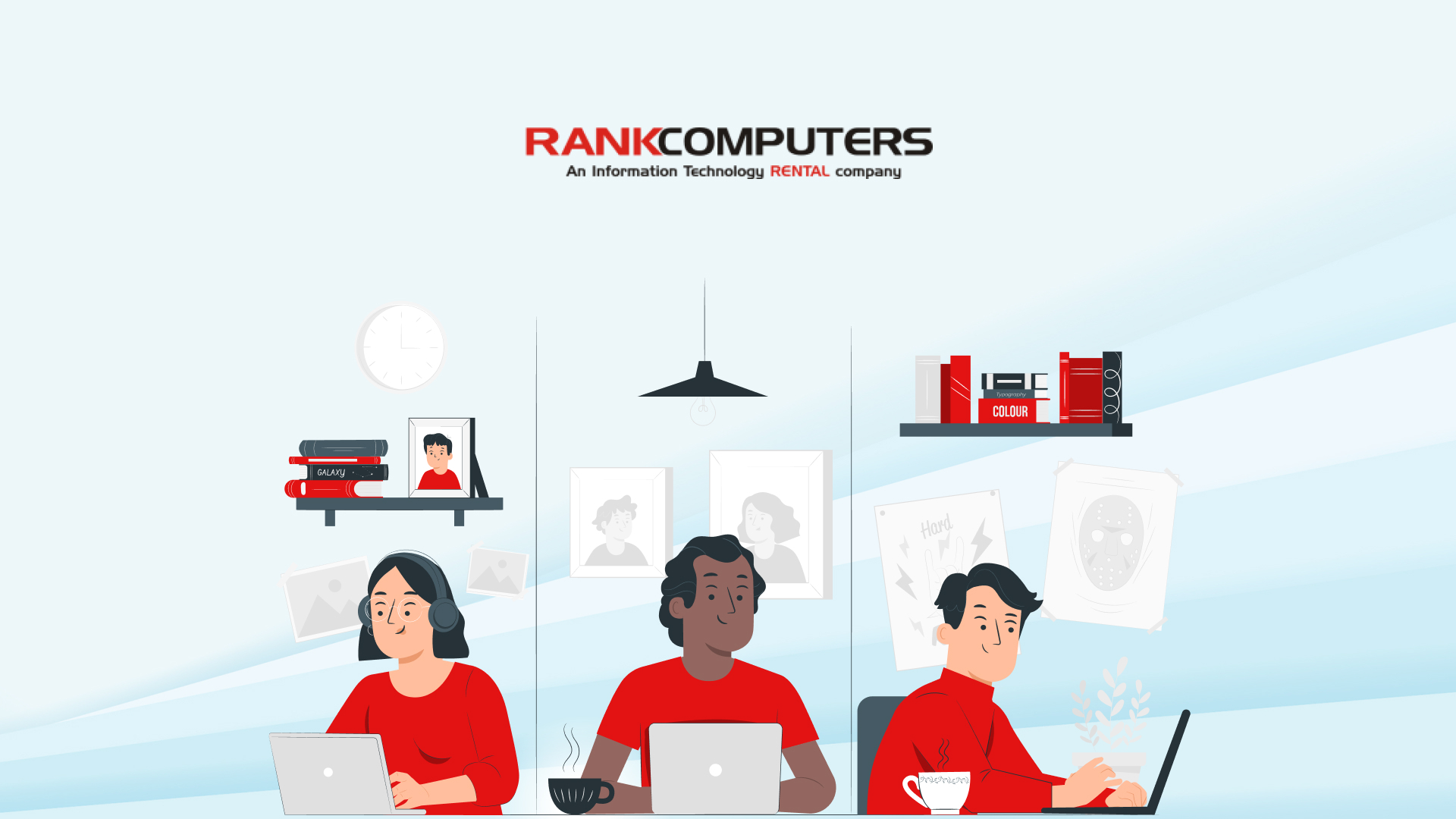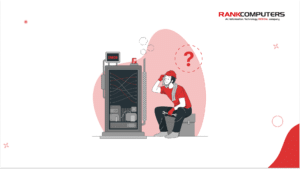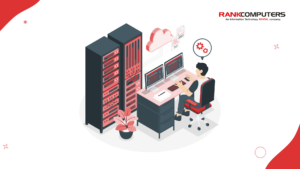A business that is well-served by its technology can achieve outstanding results. When it comes to the IT infrastructure of your business, you will need to make a number of choices. One of the most important is deciding whether you need a workstation or a desktop. The decision is frequently influenced by your company’s needs and future goals.
While latest desktops are capable of handling basic computing tasks such as working with Microsoft Office, Google Drive, Zoom, etc., workstations are better suited for those who use intensive software for animation, video editing, deep learning, and other tasks.
If your company only performs simple computing tasks, you do not need to consider workstations. However, if your employees require a technological upgrade and prefer a more sophisticated desktop build with plenty of storage and speed, workstations are the way to go.
In this blog, we will discuss the features and benefits of workstations, as well as the best way to get workstations for your business.
Features of Workstations You Should Consider
Workstations include a set of features that are optimised for intensive use, whereas desktops are not. The following features allow workstations to remain superior to desktops, and you can consider whether they can benefit your business.
RAM with ECC
While workstations are designed for intensive operations, they are also susceptible to memory errors that may result in system failure or downtime. To avoid this, modern workstations are now equipped with ECC (Error Correcting Code), an additional chip added to the computer’s RAM specifically to scan data, detect data corruption risks, and resolve them.
Multiple Cores
Workstations have multiple cores to help the user handle multiple operations at the same time. The number of cores can range from 8 in entry-level computers to 64 in high-end computers. These cores enable the smooth operation of multiple memory-intensive applications. You can determine the number of applications and the efficiency you can expect based on the number of cores.
RAID Storage
With increased efficiency comes the risk of unexpected data loss from your systems due to hardware failure. To prevent this, workstations are outfitted with RAID (Redundant Array of Independent Disks), an array that combines multiple hard drives for data backup.
SSD Storage
SSDs are widely used in today’s PCs. The reason it is preferred is that it reliably stores data, operates at higher speeds, and uses little power. SSDs will likely account for a significant portion of storage in workstations.
High-end GPUs
Workstations are preferred by animators, video editors, and engineers because they come with powerful GPUs that can run for extended periods of time and smoothly render enormous visual files.
Advantages of workstations
Workstations have significant advantages over desktop computers in terms of scalability, durability, and other factors. Consider the following benefits of workstations before making a decision for your business.
Enhanced Performance
Workstations outperform desktops in terms of handling heavy applications and efficiently completing tasks. Workstation components are designed to be reliable and to provide users with higher performance. Data scientists, engineers, and those involved in healthcare can rely on workstations to complete their tasks with greater accuracy and speed.
Endurance
Endurance is a factor that, if valued more than other features, can be a deal breaker. Workstations are designed to be long-lasting and durable. Workstation components are always of high quality and put through rigorous testing to ensure they can handle the tough job and last longer. Workstations’ durability cannot be compared to that of desktop computers. Workstations can perform better and for longer periods of time without becoming sluggish.
Expandability
This is an intriguing feature of workstations that may persuade you to select them. In the world of technology, what is new today will not be the same tomorrow. The environment is rapidly changing, and you require systems for your business that allow you to easily upgrade to newer and more powerful features, which workstations are ideal for.
Workstations allow you to swap out components whenever you need to upgrade your memory or storage. If you need to add new memory or upgrade the storage, you can do so without having to renew the system. They are highly expandable, allowing you to get the most out of the new and powerful upgrades.
Making a Decision
With the intriguing features of workstations and the excellent benefits they provide, you may believe that workstations can add significant value to your business. However, the final decision should be based on the nature of your business and its requirements.
You may not need to purchase workstations if your company only uses common applications like Microsoft Office, Zoom, WordPress, etc. Basic desktop computers will be capable of handling your work. Workstations, on the other hand, will serve you better if you are a data scientist, marketing professional, engineer, or healthcare professional because of the above features and benefits. However, if you decide to purchase workstations, you may face a significant barrier – the cost of workstations.
Workstations are more expensive than desktops and laptops, which is understandable given their superior features. The cost of workstations may appear to persuade you to stick with your desktop computers. To serve your business, you do not, however, need to purchase workstations these days. Instead, you can rent them.
Companies such as Rank Computers allow you to rent workstations at your convenience for competitive prices. You can avoid paying the high costs of workstations by renting them. Get in touch with us by phone or WhatsApp to discuss your requirements and the quote that best fits them.
Conclusion
Workstations can greatly benefit your company by increasing productivity and output quality. Investing in workstations is a wise decision, especially if you prefer to rent rather than buy.



